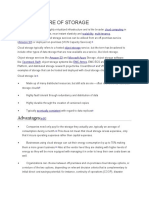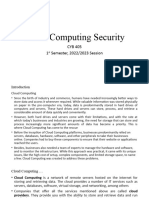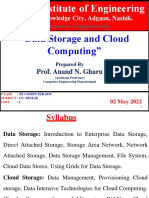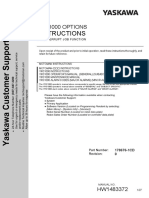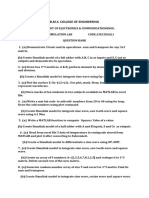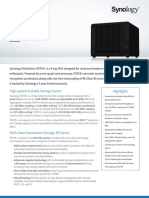0% found this document useful (0 votes)
11 views15 pagesCloud Storage Updated
Cloud storage is a method of storing digital data on remote servers managed by third-party providers, allowing users to access files from anywhere. It includes public, private, and hybrid cloud services, offering benefits like cost savings, accessibility, scalability, and collaboration. Storage as a Service (STaaS) provides on-demand storage resources with pay-as-you-go pricing and centralized management, while different storage types like DAS, NAS, and SAN cater to varying business needs and complexities.
Uploaded by
reenarani986890Copyright
© © All Rights Reserved
We take content rights seriously. If you suspect this is your content, claim it here.
Available Formats
Download as PDF, TXT or read online on Scribd
0% found this document useful (0 votes)
11 views15 pagesCloud Storage Updated
Cloud storage is a method of storing digital data on remote servers managed by third-party providers, allowing users to access files from anywhere. It includes public, private, and hybrid cloud services, offering benefits like cost savings, accessibility, scalability, and collaboration. Storage as a Service (STaaS) provides on-demand storage resources with pay-as-you-go pricing and centralized management, while different storage types like DAS, NAS, and SAN cater to varying business needs and complexities.
Uploaded by
reenarani986890Copyright
© © All Rights Reserved
We take content rights seriously. If you suspect this is your content, claim it here.
Available Formats
Download as PDF, TXT or read online on Scribd
/ 15

































